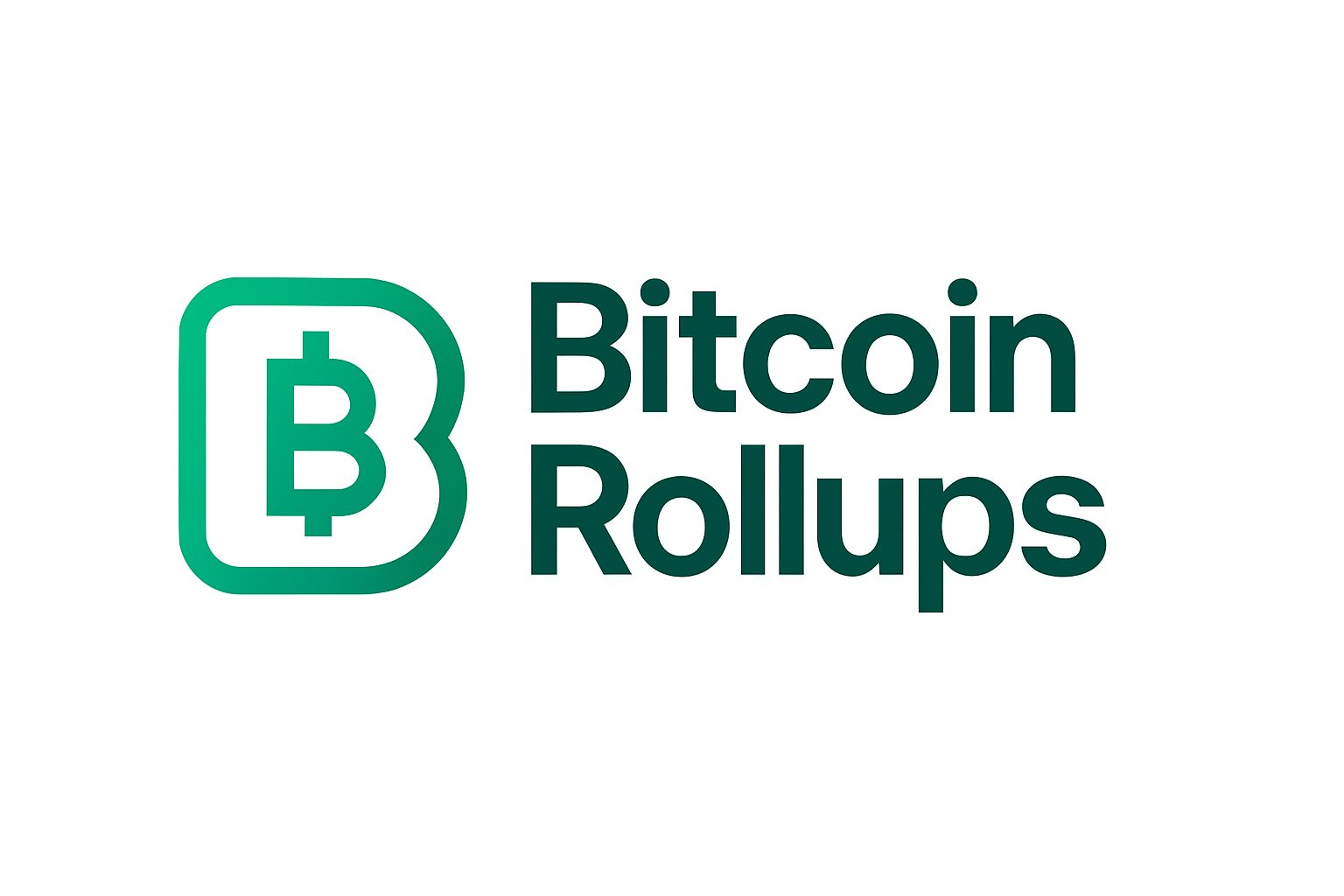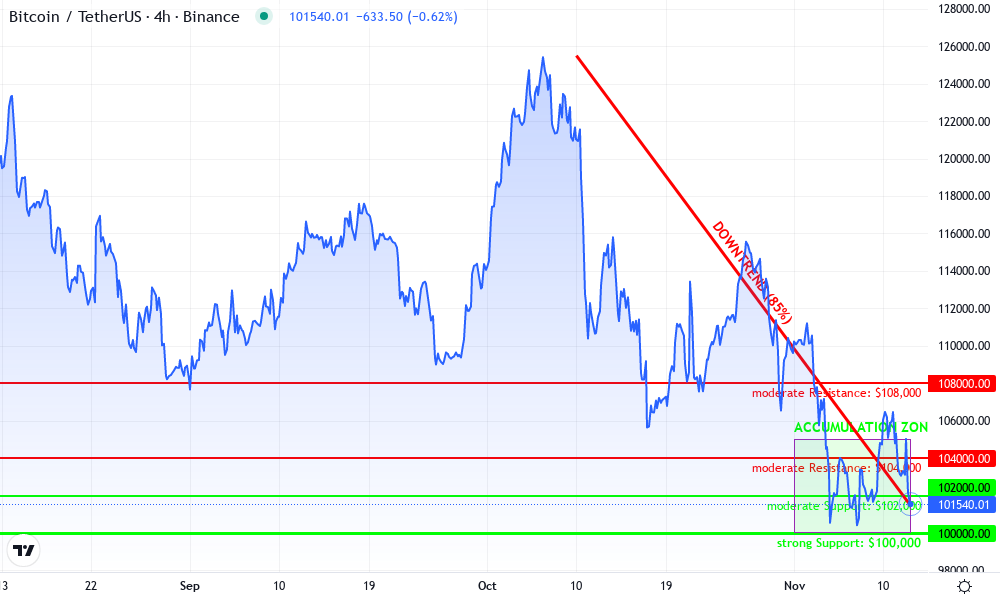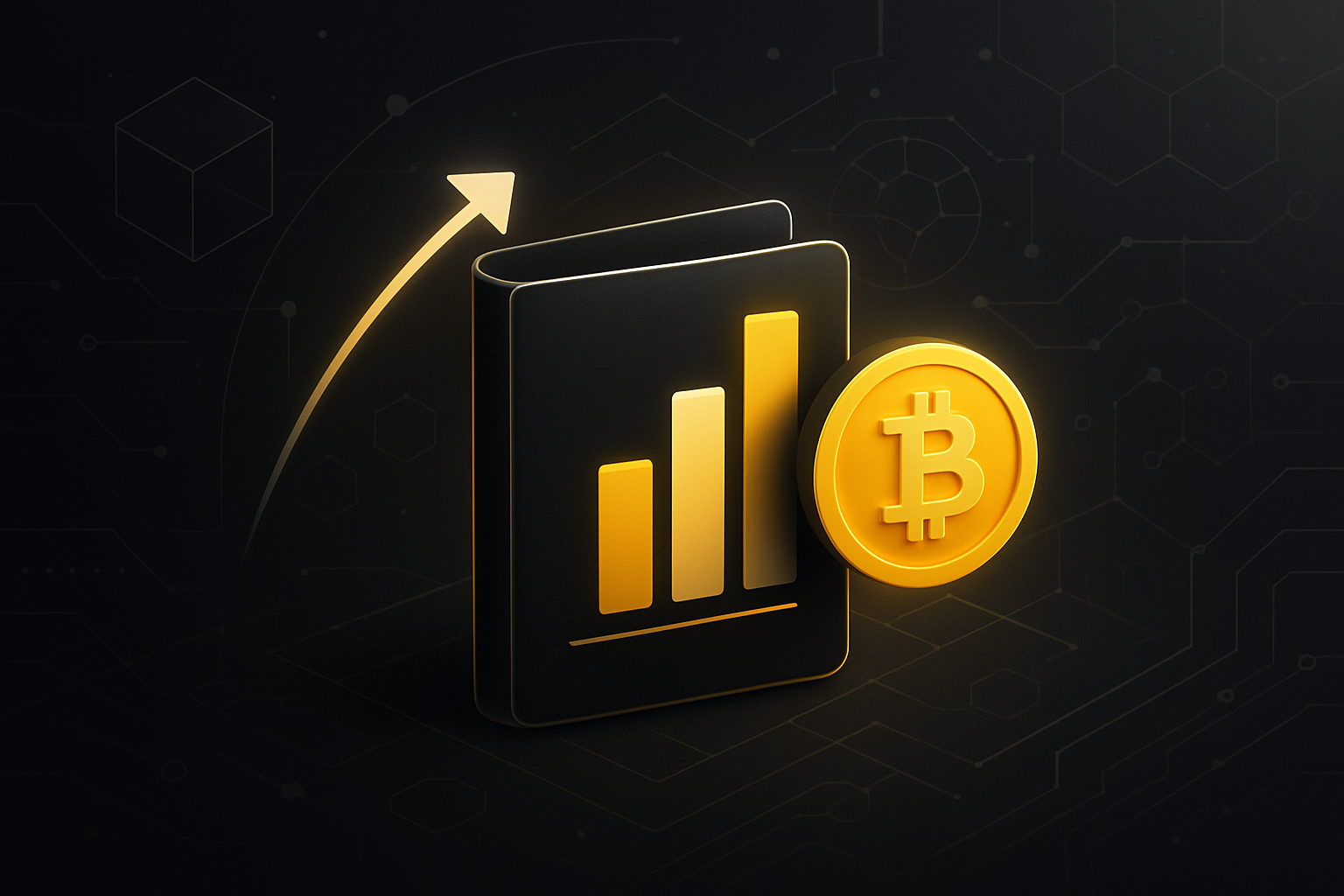
Bitcoin’s journey into 2025 is nothing short of electrifying. With BTC trading at $102,078, the digital gold narrative has merged with a new ethos: scalable, low-fee microtransactions. The rise of Bitcoin rollups is at the heart of this transformation, making it possible for everyday users and developers to tap into the power of instant, affordable payments on the world’s most secure blockchain.
How Bitcoin Rollups Work Their Magic
Rollup protocols have become the backbone for Bitcoin’s latest scaling revolution. By executing transactions off-chain and then posting aggregated data back to the main chain, these solutions dramatically reduce congestion and fees. Imagine hundreds or even thousands of micro-payments bundled together and settled on-chain as a single transaction – that’s the efficiency leap we’re witnessing in 2025.
This approach preserves Bitcoin’s legendary security while opening doors for new use cases like content micropayments, gaming rewards, and small-scale remittances. The technical wizardry lies in batching: instead of paying high fees for every transaction, users share costs across an entire bundle. For developers and businesses, this means they can finally build applications that rely on frequent, low-value transfers without being crushed by fees.
“Rollups are not just a fix – they’re an evolution. We’re seeing real-world adoption because microtransactions are now economically viable on Bitcoin. ”
Why Microtransactions Matter in 2025
The crypto world has long promised frictionless payments for everyone – but until now, high network fees made small transactions impractical. In 2025, that’s changed. Thanks to rollup protocols and Layer-2 innovations, sending a few cents or dollars via Bitcoin is finally possible without losing half your value to miners’ fees.
This shift is turbocharging sectors like digital content (think pay-per-article), creator economies (tipping your favorite streamer), IoT device payments, and even cross-border remittances where every dollar counts. As stablecoins ride alongside BTC on these rollups, global commerce becomes more inclusive than ever before.
Bitcoin Technical Analysis Chart
Analysis by Audrey Sinclair | Symbol: BINANCE:BTCUSDT | Interval: 4h | Drawings: 6
Technical Analysis Summary
Draw a primary descending trend line from the October peak (~$125,500) through lower highs at the end of October and early November, terminating near the current price ($101,528). Mark horizontal support at $102,000 and $100,000, and resistance at $104,000 and $108,000. Highlight the broad consolidation between $100,000 and $105,000 as a potential accumulation range. Use rectangles to shade this zone. Place arrows indicating potential bounce scenarios at support and breakdown risks below $100,000. Annotate with callouts for aggressive swing entries above support and stops below $100,000.
Risk Assessment: high
Analysis: BTC is at a critical level after a persistent downtrend. The proximity to $100,000 raises both bounce and breakdown potential. Volatility is elevated and weak support below $100,000 means risk is amplified.
Audrey Sinclair’s Recommendation: Aggressive swing traders can probe longs above $102,000 with tight stops, but must be nimble and ready to reverse short if $100,000 is breached. Manage risk with hard stops and stay alert for sharp moves.
Key Support & Resistance Levels
📈 Support Levels:
-
$102,000 – Immediate horizontal support, repeatedly tested in November; pivotal for short-term bulls.
moderate -
$100,000 – Major psychological and technical support; likely to trigger high volatility if breached.
strong
📉 Resistance Levels:
-
$104,000 – Short-term resistance from recent failed rallies; first upside target for mean reversion trades.
moderate -
$108,000 – Secondary resistance, aligns with early November swing highs.
moderate
Trading Zones (high risk tolerance)
🎯 Entry Zones:
-
$102,200 – Aggressive swing long entry on reclaim of immediate support with tight stop.
high risk -
$99,900 – Aggressive short entry if $100,000 fails; momentum likely to accelerate.
high risk
🚪 Exit Zones:
-
$104,000 – First profit target for longs; aligns with resistance.
💰 profit target -
$108,000 – Second profit target for extended rallies.
💰 profit target -
$99,500 – Stop loss for long trades; confirms breakdown below key support.
🛡️ stop loss
Technical Indicators Analysis
📊 Volume Analysis:
Pattern: N/A – Volume not visible in chart image, but expect spikes near $100,000 on breakdown or bounce.
Watch for volume surge at $100,000; high volume confirms conviction of the move.
📈 MACD Analysis:
Signal: N/A – MACD not visible in chart image, but momentum strongly bearish; look for bullish cross on bounce or bearish continuation on breakdown.
Momentum has favored sellers; only aggressive countertrend trades above $102,000 are justified.
Applied TradingView Drawing Utilities
This chart analysis utilizes the following professional drawing tools:
Disclaimer: This technical analysis by Audrey Sinclair is for educational purposes only and should not be considered as financial advice.
Trading involves risk, and you should always do your own research before making investment decisions.
Past performance does not guarantee future results. The analysis reflects the author’s personal methodology and risk tolerance (high).
The State of Rollup Infrastructure: RaaS Takes Center Stage
Behind the scenes, Rollup-as-a-Service (RaaS) providers have emerged as essential players in this ecosystem. Their platforms offer robust developer tools, seamless APIs, and battle-tested security frameworks so projects can launch scalable Bitcoin applications with minimal friction. According to InstaNodes’ latest report, RaaS has become the go-to solution for anyone serious about performance and cost-efficiency in 2025.
But it’s not just about throughput; security remains paramount. Innovations like the BATTLE protocol are addressing dispute resolution between optimistic bridges and rollups – ensuring that even as we scale up speed and volume, user funds stay safe.
6-Month Price Comparison: Bitcoin vs Leading BTC Rollup Tokens (2025)
Performance of Bitcoin and major rollup-related tokens over the past 6 months, highlighting YTD trends as rollups drive scalability and microtransaction adoption.
| Asset | Current Price | 6 Months Ago | Price Change |
|---|---|---|---|
| Bitcoin (BTC) | $101,606.00 | $102,492.00 | -0.9% |
| Ethereum (ETH) | $3,394.43 | $3,351.00 | +1.3% |
| Stacks (STX) | $0.4087 | $0.4500 | -9.2% |
| Ordinals (ORDI) | $4.82 | $5.00 | -3.6% |
| Rootstock (RBTC) | $0.000000 | $0.000000 | -5.9% |
| Arbitrum (ARB) | $0.2639 | $0.2800 | -5.4% |
| Optimism (OP) | $0.4059 | $0.4200 | -3.6% |
Analysis Summary
Over the past 6 months, Bitcoin has experienced a marginal decline of -0.9%, while most leading BTC rollup and Layer-2 tokens have also seen negative performance. Ethereum stands out with a modest gain of +1.3%. The data reflects a relatively stable but slightly bearish trend for Bitcoin rollup-related assets as the market digests the impact of new scalability solutions.
Key Insights
- Bitcoin’s price has remained relatively stable, with only a -0.9% change over 6 months despite major rollup advancements.
- Ethereum outperformed both Bitcoin and most rollup tokens, posting a +1.3% gain.
- Stacks (STX), a prominent Bitcoin rollup token, saw the largest decline at -9.2%.
- Ordinals (ORDI), Arbitrum (ARB), and Optimism (OP) all registered modest declines, indicating subdued momentum for rollup-related assets.
- Rootstock (RBTC) reported a -5.9% change, highlighting challenges faced by some Layer-2 solutions.
This comparison uses real-time market data as of November 12, 2025, with historical prices from exactly 6 months prior. Only the provided, verified price data was used for accuracy.
Data Sources:
- Main Asset: https://finance.yahoo.com/news/why-crypto-today-november-6-145135880.html
- Ethereum: https://finance.yahoo.com/news/why-crypto-today-november-6-145135880.html
- Stacks: https://coinmarketcap.com/historical/20250516/
- Ordinals: https://coinmarketcap.com/historical/20250516/
- Rootstock: https://coinmarketcap.com/historical/20250516/
- Arbitrum: https://coinmarketcap.com/historical/20250516/
- Optimism: https://coinmarketcap.com/historical/20250516/
Disclaimer: Cryptocurrency prices are highly volatile and subject to market fluctuations. The data presented is for informational purposes only and should not be considered as investment advice. Always do your own research before making investment decisions.
Bitcoin (BTC) Price Prediction 2026-2031
Comprehensive outlook based on 2025 market context, rollup adoption, and technical analysis
| Year | Minimum Price | Average Price | Maximum Price | Potential % Change (Avg YoY) | Scenario Insights |
|---|---|---|---|---|---|
| 2026 | $88,500 | $110,000 | $138,000 | +7.8% | Rollups mature; microtransactions grow, but possible regulatory headwinds |
| 2027 | $95,000 | $124,500 | $162,000 | +13.2% | Institutional adoption accelerates; Layer-2 usage broadens |
| 2028 | $105,000 | $140,000 | $185,000 | +12.4% | Mainstream adoption; increased competition from other L1s/L2s |
| 2029 | $116,000 | $157,000 | $215,000 | +12.1% | Global payment use cases expand; tech upgrades improve efficiency |
| 2030 | $130,000 | $176,000 | $245,000 | +12.1% | Regulatory clarity; Bitcoin seen as macro hedge, new DeFi use cases |
| 2031 | $145,000 | $194,000 | $272,000 | +10.2% | Rollups standard for high-volume apps; possible new ATH |
Price Prediction Summary
Bitcoin’s price outlook for 2026-2031 remains bullish, driven by the successful scaling of the network via rollups, enabling microtransactions and broadening utility. Despite short-term volatility and regulatory uncertainties, adoption trends and network improvements suggest steady, progressive growth with potential for new all-time highs by 2031.
Key Factors Affecting Bitcoin Price
- Adoption and maturity of Bitcoin rollups for scalability and low fees
- Mainstream and institutional adoption of crypto assets
- Regulatory developments in major economies
- Competition from other blockchains and Layer-2 solutions
- Security innovations (e.g., BATTLE protocol) and protocol upgrades
- Macroeconomic factors (inflation, global liquidity, risk appetite)
- Market cycles and halving events impacting supply dynamics
Disclaimer: Cryptocurrency price predictions are speculative and based on current market analysis.
Actual prices may vary significantly due to market volatility, regulatory changes, and other factors.
Always do your own research before making investment decisions.
Challenges Still Ahead
No technology is perfect out of the gate. One key hurdle facing Bitcoin rollups is managing the cost of posting aggregated data back to Layer-1. With block space at a premium (and demand only growing), sustainability will depend on clever fee models and ongoing protocol innovation.
The good news? The ecosystem is moving fast – with new zkBTC projects pushing boundaries on privacy and efficiency while keeping costs low for end users.
Developers are racing to optimize data compression and proof mechanisms, ensuring that rollups don’t just scale Bitcoin but also keep it accessible for the next billion users. As more projects adopt zero-knowledge proofs and advanced batching strategies, the dream of near-instant, sub-cent micro-payments is quickly turning into a reality.

Real-World Adoption: Microtransactions Go Mainstream
The impact of scalable, low-fee Bitcoin payments is visible across industries. Streaming platforms now let fans tip creators in real time without worrying about prohibitive fees. Online publications are experimenting with true pay-per-read models, where a few cents unlock premium articles. Even gaming economies are thriving as players send and receive tiny BTC rewards seamlessly on-chain.
Remittance corridors have also been transformed. Migrant workers can send small amounts home multiple times a week with negligible overhead, instead of waiting for payday or paying exorbitant wire fees. This isn’t just technology for technology’s sake, it’s practical, everyday value delivered at global scale.
Which Bitcoin microtransaction use case excites you most in 2025?
With Bitcoin rollups enabling scalable, low-fee microtransactions—even as BTC trades at $102,078—new possibilities are opening up for everyday use. Which application are you most excited about?
The Developer Experience: Building With Rollups
For builders, the rise of RaaS platforms has been nothing short of empowering. Plug-and-play APIs allow startups to launch scalable Bitcoin dApps in days instead of months. Security audits and pre-built compliance modules lower the barrier to entry even further, meaning more teams can experiment with new models for digital commerce and payments.
The result? A flourishing ecosystem where innovation is accelerating. From privacy-focused zkBTC rollups to programmable payment rails for DeFi protocols, 2025 is seeing an explosion in creative use cases, all powered by robust scaling infrastructure.
What’s Next For Bitcoin Rollups?
With BTC holding strong at $102,078, confidence in Bitcoin’s long-term viability as both a store of value and a payment network has never been higher. The next wave will likely focus on interoperability, connecting rollups across different chains and expanding the reach of micro-payments beyond Bitcoin itself.
There are still technical challenges ahead, especially around block space optimization and cross-rollup communication, but if 2025 has proven anything, it’s that the community is relentless in its pursuit of progress. As more users experience the freedom of sending tiny payments instantly and affordably, demand will only grow for even better solutions.
The bottom line? Bitcoin scaling rollup protocols aren’t just making headlines, they’re reshaping what’s possible with digital money. Whether you’re a developer building tomorrow’s killer app or an everyday user sending your first micro-payment, this new era puts control, and value, back in your hands.







